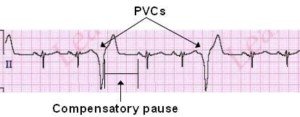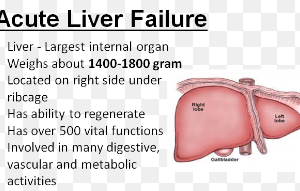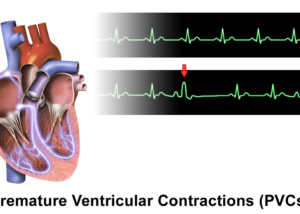
You’re just sitting there relaxed before the TV, computer or reading a magazine when suddenly you get a run of PVCs.
Can a healthy heart have premature ventricular contractions at rest?
You know what these are: that unexpected extra heartbeat, or perhaps the sensation feels like a skipped beat — a scary pause in between the beats.
This may even happen for several beats in a row.
“Just about everyone has PVCs sometimes – even hundreds of PVCs per day can be normal,” says Daniel P. Morin, MD, FACC, formerly Director of both Electrophysiology Research and Cardiovascular Research for Ochsner Health System, and currently Professor of Medicine and Cardiology at University of California, San Francisco.
“PVCs can range from harmless to dangerous,” continues Dr. Morin.
“If there are few PVCs, even if they’re symptomatic, most often they’re just a nuisance.”
The symptoms would be one or more of the following.
• Dizziness
• Lightheadedness
• Chest pain
• Shortness of breath
“If there are more – often, many thousand per day – there can be consequences, including causing weakening of the heart’s squeezing function over time, which may be reversible with appropriate treatment,” says Dr. Morin.
When the heart’s squeezing function is weakened, this is called heart failure. The heart fails to squeeze or contract optimally.
The result is reduced blood flow throughout the body. Over time this can impair kidney and liver function because these organs are highly vascular and are sensitive to reductions in blood flow.
People with chronic heart failure may not even know they have renal insufficiency or cardiac liver disease unless they undergo testing, such the creatinine test for kidney function.
There are various causes of chronic heart failure, and untreated premature ventricular contractions is one of them.
Premature ventricular contractions are early heartbeats originating in the ventricles, and when frequent or sustained, they can disrupt normal cardiac rhythm and function.

Over time, a high burden of PVCs — especially more than 10% of total heartbeats — can lead to PVC-induced cardiomyopathy, a reversible form of heart failure.
The constant irregular contractions strain the heart, reducing its pumping efficiency and triggering structural changes.
Early detection and treatment of frequent PVCs through medication, lifestyle changes or catheter ablation can significantly reduce the risk of progression to CHF.
When the PVCs are appropriately treated, then the heart hopefully can recover, regain its normal shape and thus eventually regain an optimal squeezing with each beat.
If any “fluttering” you feel in your chest seems to be occurring way too frequently, it’s time to see a cardiologist.
 Dr. Morin’s clinical interests are in device therapy for cardiac dysfunction (including cardiac resynchronization therapy) and treatment of cardiac arrhythmias with medical therapy and/or catheter ablation.
Dr. Morin’s clinical interests are in device therapy for cardiac dysfunction (including cardiac resynchronization therapy) and treatment of cardiac arrhythmias with medical therapy and/or catheter ablation.
 Lorra Garrick has been covering medical, fitness and cybersecurity topics for many years, having written thousands of articles for print magazines and websites, including as a ghostwriter. She’s also a former ACE-certified personal trainer.
Lorra Garrick has been covering medical, fitness and cybersecurity topics for many years, having written thousands of articles for print magazines and websites, including as a ghostwriter. She’s also a former ACE-certified personal trainer.
.









































